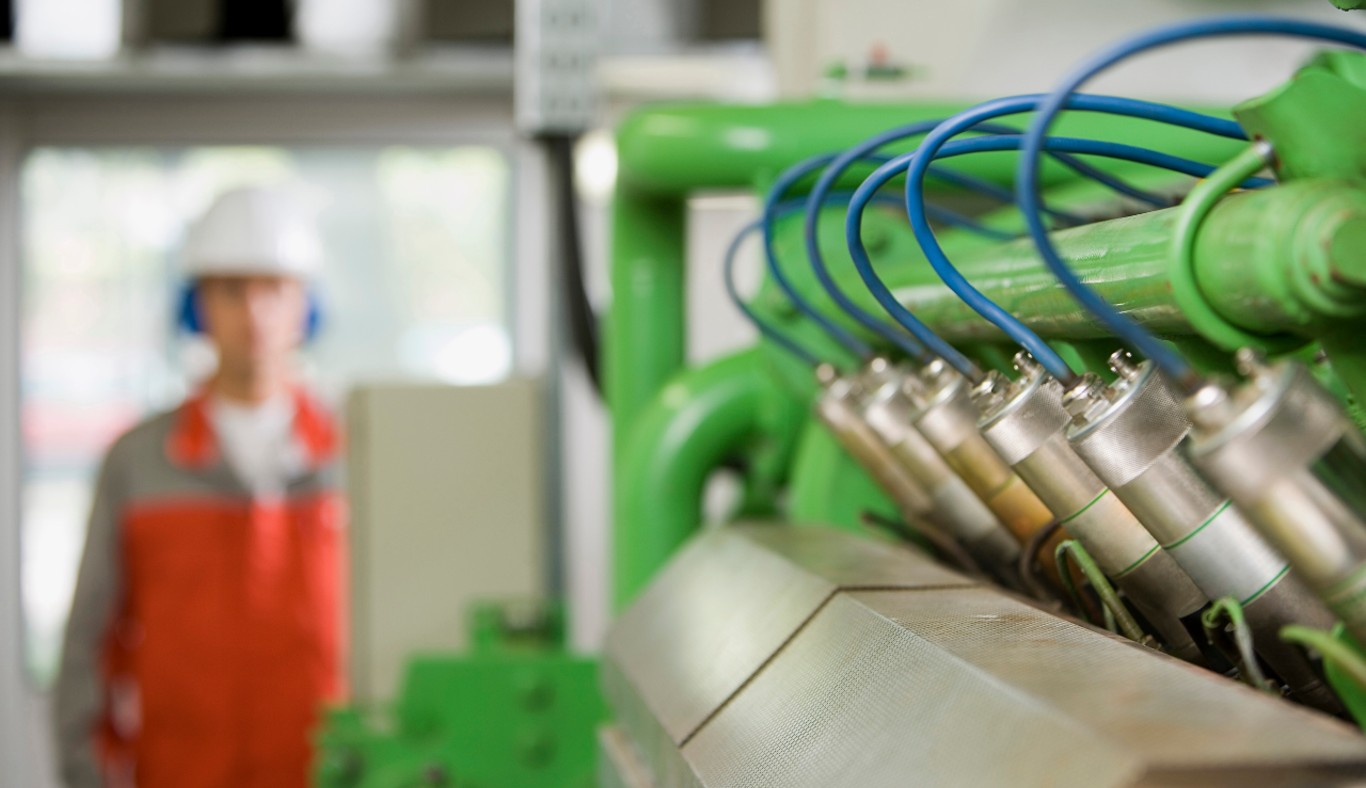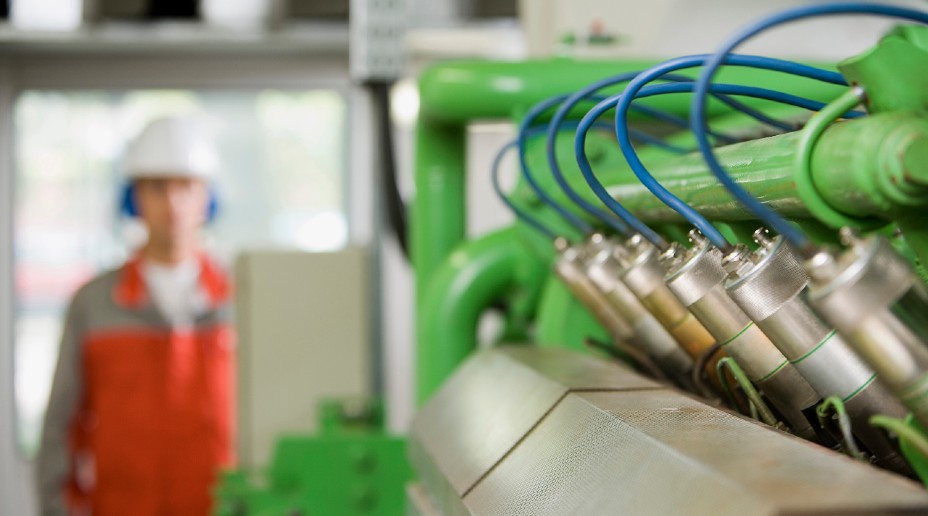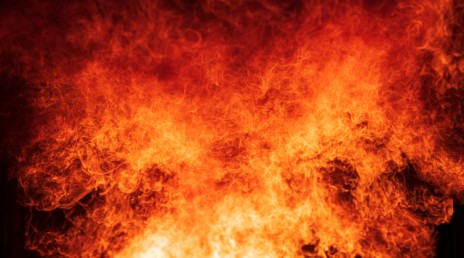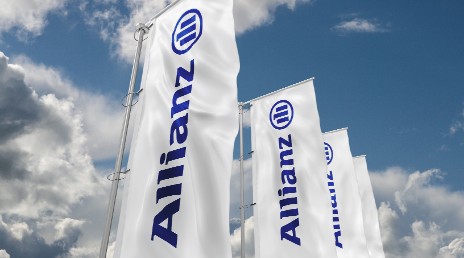One such example of a reserve service is ‘Short Term Operational Reserve’, known by the acronym STOR. STOR acts as a type of ‘virtual power station’ where providers (generally businesses) known as ‘demand-side participants’ either start generating electricity or shut down parts of their plant to bring network supply and demand back into balance. Service providers contractually agree ‘availability windows’ with the National Grid, which are designated periods when the provider is obligated to provide the specified power, and often with only 20 minutes’ notice (although 240 minutes is the standard minimum response time). The Grid aims to procure a minimum of 1,800 megawatts of STOR annually, where the STOR year starts in April and is split into six seasons.
As the name indicates, STOR is designed to generate additional power for short durations only. The need for this additional power may arise from unplanned outages or demand forecast errors, with accurate demand forecasting becoming increasingly difficult due to more energy being generated by weather-dependent resources such as wind and solar. In July, MPs on the Transport Committee raised concerns that electric vehicle charging could put additional pressure on the National Grid which may need to be strengthened as a result. STOR could be one method of addressing this issue.





























